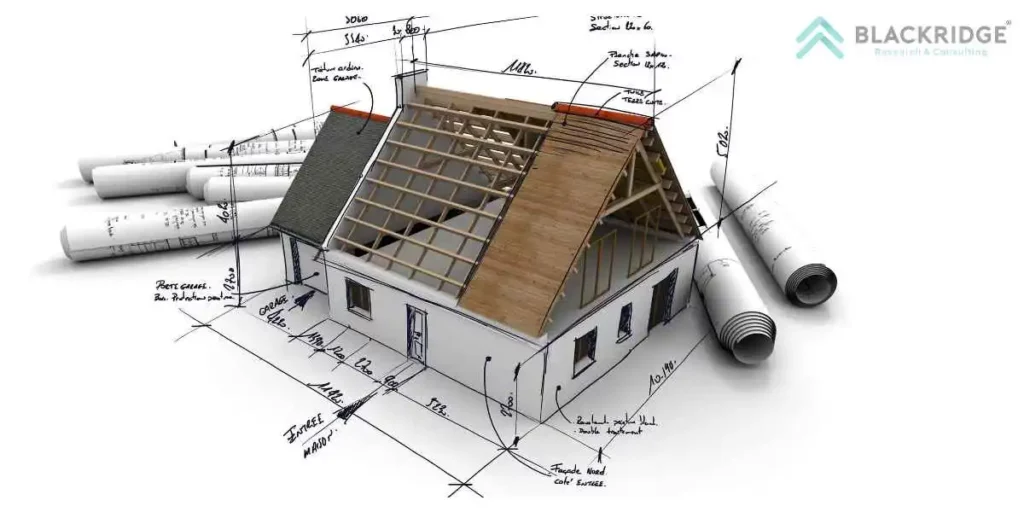Architecture has always been a field that balances art and science, relying on aesthetics and functionality. As technology continues to advance at an unprecedented pace, it is changing how architects design buildings and how people experience them.
Technology makes architectural visualisation possible and more smooth. From the use of virtual reality (VR) to Building Information Modeling (BIM), technology is becoming an integral part of the design process.
These tools allow architects to create more efficient and sustainable designs and offer new ways of experiencing and interacting with buildings.
Building information modelling (BIM)
One of the most significant advancements in architectural technology is BIM. It is a collaborative tool that allows architects, engineers, and contractors to work together in real-time, sharing information and making changes to the model as needed. Florida Engineering keep that kind of system as it gets astonishing results in accomplishing projects. These manners of collaboration needs to be upheld more so that the infrastructure we have continue to revolutionize.

Technology and architecture
With BIM, architects can design buildings more efficiently and accurately. They can test different materials, lighting, and other variables before construction begins. This allows them to identify and address potential issues early in the design process, saving time and money.
Technology in architecture
BIM also allows for better communication between all parties involved in the construction process. Everyone has access to the same information, so there are fewer misunderstandings or discrepancies. This leads to fewer errors, delays, and cost overruns.
Another technology that is changing the way architects design buildings is 3D printing. 3D printing allows architects to quickly create physical models of their designs, enabling them to see and test their ideas in the real world. Technology in architecture changed the way of creating designs in a shorter period.
-
3D printing for architectural designs
This technology has the potential to revolutionise the construction industry by allowing architects to create complex structures that would be difficult or impossible to build using traditional methods. New architectural technologies have made the task of architects easy and quick. For example, 3D printing has been used to create curved concrete walls and intricate facades that would have been too difficult to create using conventional techniques.
3D printing also allows architects to create prototypes quickly and inexpensively. This means they can test different designs and make changes on the fly without incurring the same costs as they would with traditional prototyping methods.
-
Architecture technology – Virtual reality
Virtual reality (VR) is another technology that is changing how architects design buildings. With VR, architects can create immersive experiences that allow people to experience their designs more realistically.
VR allows architects to create virtual tours of their designs, giving clients a better sense of what the finished building will look like. It also allows architects to test different design elements, such as lighting and colour schemes, in a simulated environment.
Benefit –
The most significant benefit of VR is that it allows architects to design for accessibility. They can simulate how someone with mobility issues or visual impairments would navigate the building, allowing them to identify and address any issues before construction begins.

Architectural advancements
Another technology that is becoming more prevalent in architectural design is the Internet of Things (IoT). IoT refers to the network of devices connected to the internet, such as sensors, cameras, and other devices.
By integrating IoT into their designs, architects can create smart buildings that are more efficient and sustainable. For example, sensors can be used to monitor temperature, humidity, and air quality, allowing the building to adjust its systems automatically to create a more comfortable environment.
IoT can also be used to reduce energy consumption by optimising heating, cooling, and lighting systems based on occupancy and other factors. This can lead to significant energy savings and reduce the building’s environmental impact.
All the technologies mentioned above creatively revolutionise the architectural industry. You can use the technology and build an amazing design for your customised house. It facilitates you to make changes at the last minute quickly and implement them in your construction.
Sustainable architecture models
Sustainable architecture models are becoming increasingly important in the design and construction industry. These models prioritise using eco-friendly materials and energy-efficient systems to reduce the environmental impact of buildings while promoting the health and well-being of occupants.
Additionally, modular construction and adaptive reuse of existing structures are also gaining popularity as sustainable approaches to building design. These models emphasise reducing waste, optimising resources, and minimising energy consumption throughout the building’s lifecycle.
Conclusion
From BIM to VR and IoT, these tools offer new ways to create more efficient, sustainable, and accessible buildings. As technology advances, it will be exciting to see how architects incorporate these innovations into their designs and create truly cutting-edge buildings.






